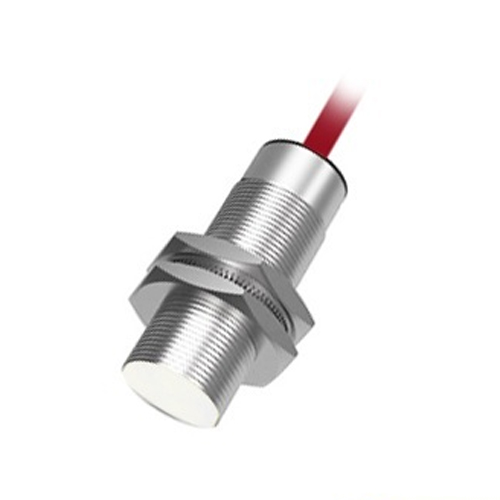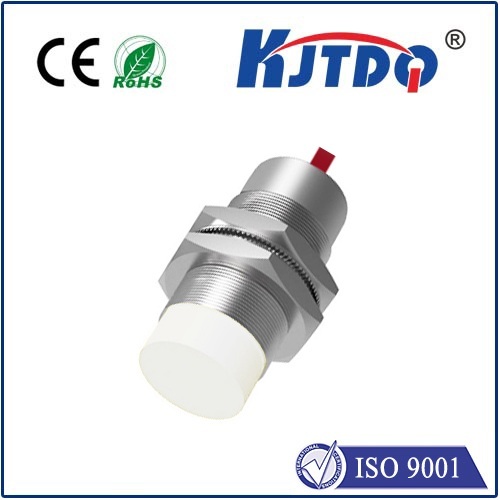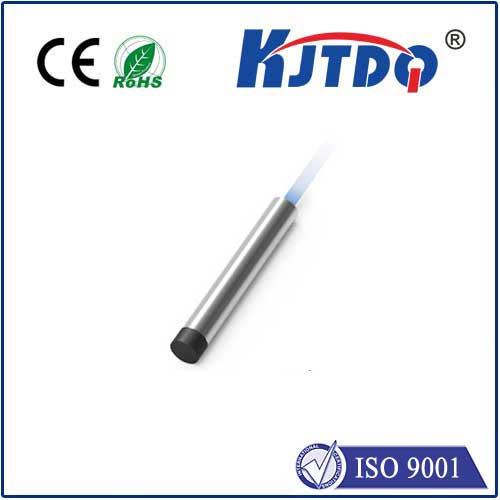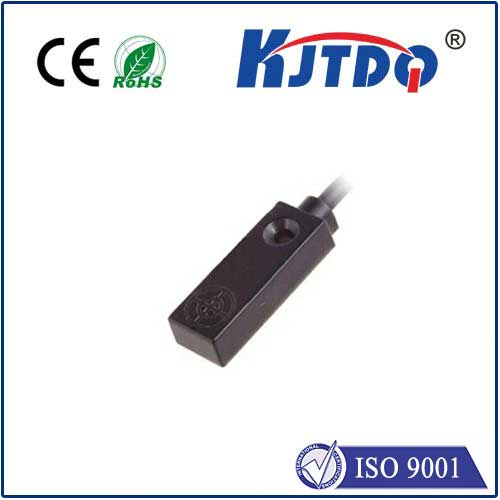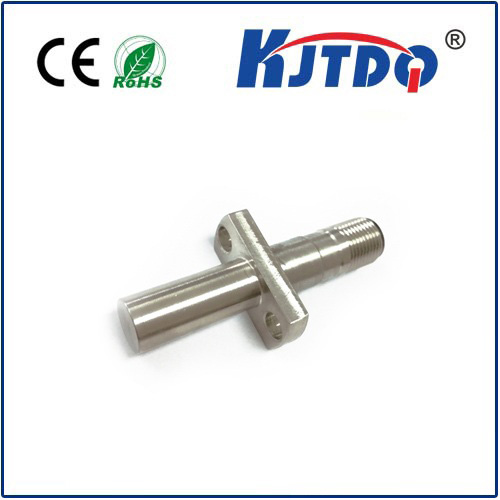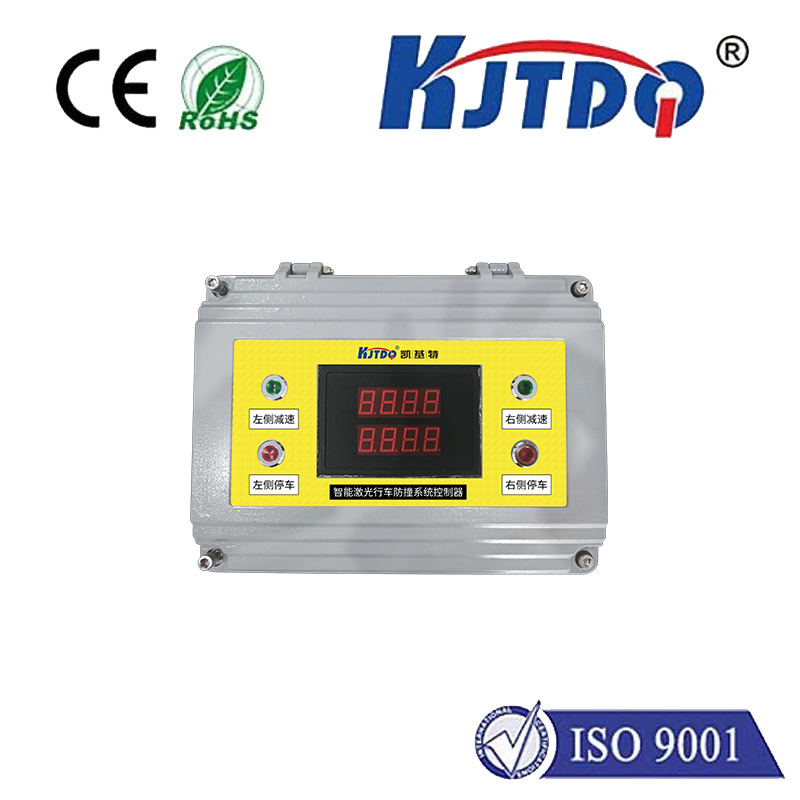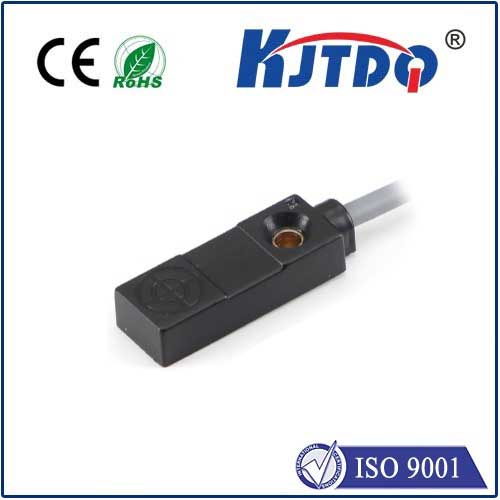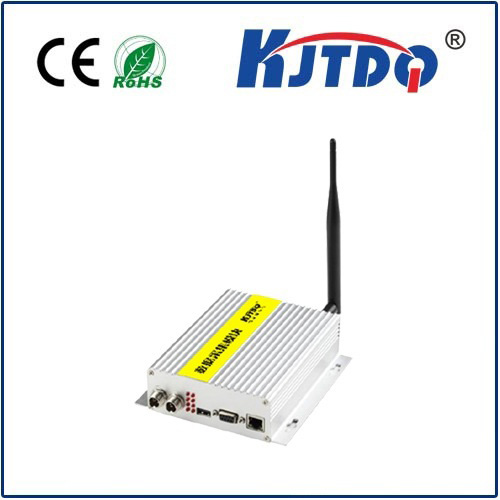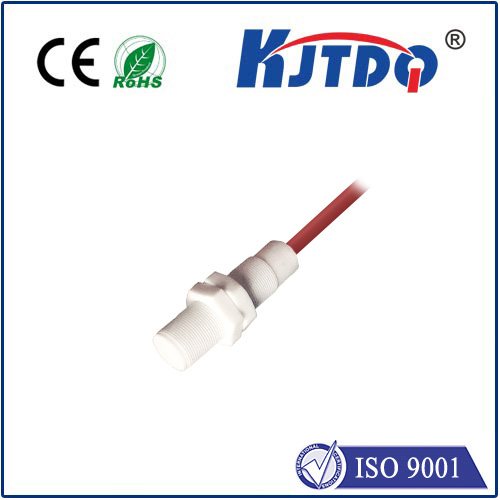pepperl fuchs inductive proximity sensor
- time:2025-07-04 00:00:07
- Нажмите:0
Pepperl+Fuchs Inductive Proximity Sensors: The Unseen Sentinels of Automation
Imagine a high-speed production line. Metal components whiz past robotic arms, precise processes occur milliseconds apart, and everything hinges on flawless detection. Hidden within this complex ballet, often unnoticed but absolutely vital, are inductive proximity sensors. Among the leaders ensuring this seamless operation stands Pepperl+Fuchs, a brand synonymous with reliability and innovation in this fundamental industrial component. This article explores what makes Pepperl+Fuchs inductive sensors a cornerstone of modern automation.
Understanding the Core Technology: Inductive Sensing
At their heart, inductive proximity sensors operate on a simple yet elegant electromagnetic principle. The sensor generates a high-frequency oscillating electromagnetic field using a coil located within its sensing face. When a metallic object (ferrous or non-ferrous, depending on sensor type) enters this field, it induces eddy currents within the object. These eddy currents draw energy from the sensor’s oscillator circuit, causing a measurable change – typically a reduction in amplitude. Sophisticated electronics within the sensor detect this change and trigger a solid-state output switch (e.g., PNP, NPN, or Namur). Crucially, this detection happens non-contactly, meaning no physical touch is required, leading to wear-free operation ideal for demanding industrial cycles.
Why Pepperl+Fuchs Stands Out in the Crowd

While the basic principle is universal, Pepperl+Fuchs distinguishes itself through exceptional engineering, rigorous quality control, and a vast portfolio designed for virtually any application challenge. Here’s where their expertise shines:
- Unrivaled Reliability and Longevity: Built for the harsh realities of industrial environments, Pepperl+Fuchs sensors boast robust construction, often featuring high-grade stainless steel housings, ruggedized sensing faces, and superior sealing against coolant, oil, dust, and chips (commonly IP67, IP68, IP69K). This translates to minimized downtime and reduced maintenance costs.
- Precision Even in Difficult Situations: Key features like frequency-independent sensing ensure consistent detection regardless of surrounding metals or adjacent sensors. This is critical in dense control panels or machinery packed with metallic components. Advanced designs also offer flush mountability, allowing installation flush to metal surfaces without false triggers.
- Extended Sensing Ranges: Pepperl+Fuchs consistently pushes the boundaries, offering sensors with some of the longest sensing ranges in their respective form factors. This provides greater flexibility in installation and accommodates applications where targets move at a distance.
- Application-Specific Specialization: Their portfolio is incredibly diverse:
- Standard Cylindrical Sensors (e.g., NJ, NBN series): The workhorses, available in numerous sizes, connection types, and sensing ranges.
- Block Sensors (e.g., BI, BES series): Offer compact designs and flat sensing faces for space-constrained areas or where flush mounting is essential.
- High-Temperature Sensors: Engineered to perform reliably in environments exceeding standard limits, crucial for foundries or near heat sources.
- Factor 1 Sensors: Detect all metals (ferrous and non-ferrous) at the same nominal sensing range, simplifying selection and inventory.
- Heavy-Duty Sensors: Extra protection for extremely harsh conditions involving severe impact or vibration.
- IO-Link Enabled Sensors: Integrating seamlessly into Industry 4.0 frameworks, providing diagnostics, parameterization, and process data beyond simple switching.
- NAMUR Sensors: Intrinsically safe designs specifically for hazardous areas like chemical plants.
- Global Standards Compliance & Certifications: Pepperl+Fuchs sensors adhere to stringent international standards (CE, UL, CSA, ATEX, IECEx, SIL, etc.), ensuring safety and compatibility worldwide. This global reach and certification breadth are a major advantage.
Pivotal Applications Across Industries
The versatility of Pepperl+Fuchs inductive sensors makes them indispensable in countless scenarios:
- Position Detection: Confirming the presence or absence of pistons (e.g., in cylinders), parts on conveyors, or end stops. (“Is the robotic arm fully retracted?”)
- Object Counting: Tracking products or components moving along a line (bottles, cans, machined parts). (Vital for production control and OEE calculation)
- Speed Monitoring: Detecting gear teeth, shaft rotation, or conveyor belt movement.
- End Control: Verifying the closure of doors, hatches, or safety guards. (Essential for machine safety interlocking.)
- Fill Level Monitoring: Detecting metallic parts within bins or hoppers (often as a high/low limit switch).
- Machine Tooling: Precise detection in CNC lathes, milling machines, and grinding applications, often demanding flush mounting and resistance to coolants/metal fines.
- Automotive Manufacturing: Ubiquitous on assembly lines for part verification, robot guidance, and process control.
Choosing the Right Pepperl+Fuchs Sensor: Key Considerations
Selecting the optimal sensor requires careful assessment:
- Target Material: Is it ferrous steel, non-ferrous (aluminum, copper, brass), or both? (Factor 1 sensors offer simplicity here).
- Required Sensing Distance: Measure the maximum gap between sensor and target in operation. Remember to consider recommended derating factors.
- Installation Constraints: Available space dictates size (M5, M8, M12, M18, M30 cylinders, or block styles) and mounting type (flush vs. non-flush).
- Environmental Conditions: Temperature extremes? Exposure to chemicals, oils, coolants, washdowns? High vibration or shock potential? Explosion hazards? This dictates housing material, sealing (IP rating), and certifications needed.
- Electrical Requirements: Desired output type (PNP, NNP, Analog, IO-Link)? Operating voltage? Cable length and connection (cable, M8/M12 plug)?
- Special Features: Does the application need IO-Link, high-temperature tolerance, extended sensing range, or a specific form factor?
Enabling the Future: Smart Sensors and IIoT
Pepperl+Fuchs is at the forefront of integrating these fundamental sensors into the Industrial Internet of Things (IIoT). IO-Link technology transforms a simple switch into an intelligent device. Beyond just detecting presence, IO-Link enabled sensors can provide:
- Diagnostics: Early warnings of potential failure (e.g., sensor drift, contamination).
- Remote Configuration: Changing parameters (sensitivity, switching delay) without physical access.
- Process Data: Transmitting analog values representing the distance to the target, useful for predictive maintenance or precise positioning feedback.
- Simplified Wiring: Reducing cabling complexity through point-to-point connections to an IO-Link master.
The Unseen Foundation of Efficiency
From the simplest machine guarding application to the most complex automated production cell, Pepperl+Fuchs inductive proximity sensors provide the fundamental layer of detection upon which modern automation is built. Their reputation for rock-solid reliability, exceptional performance in demanding conditions, and continuous innovation, particularly with smart features like IO-Link, makes them the preferred choice for engineers seeking to maximize uptime, ensure quality, and build resilient, future-ready systems. They are the silent, dependable sentinels ensuring everything runs as it should.

